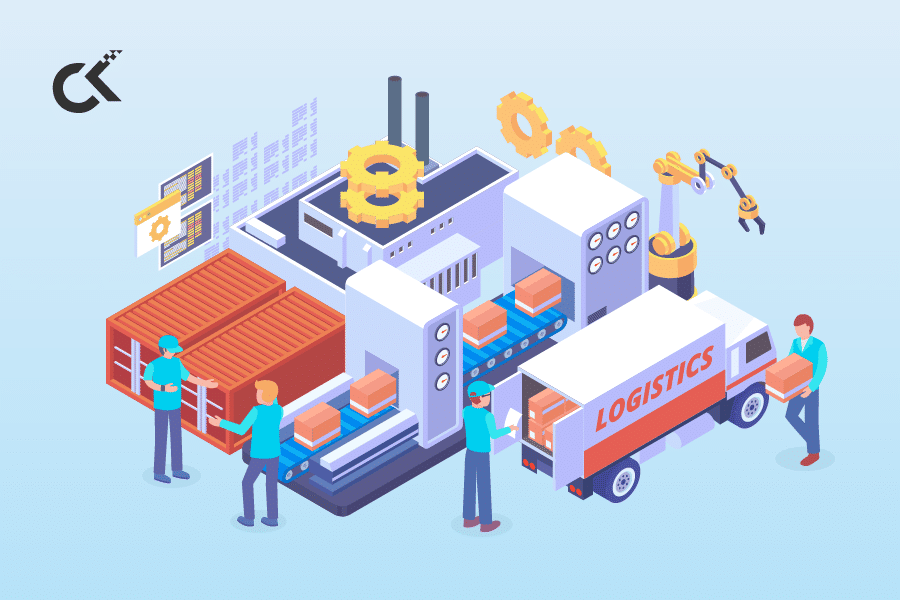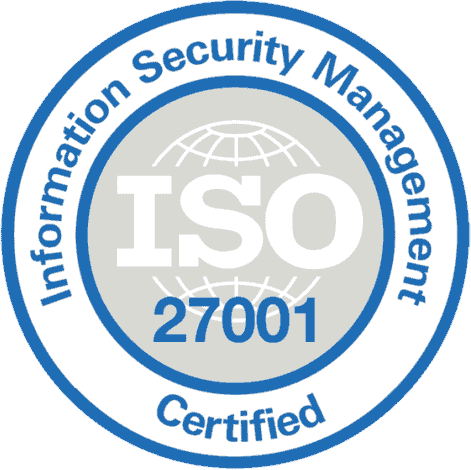Trucks are the lifeblood of any economy, especially a vast, complex and distributed economy such as the United States, where truckers transport all essential goods and services. One company at the heart of the supply chain is Vertrax, headquartered in New Haven, Connecticut.
“Vertrax was created by truckers, for truckers,” the company proudly states. “We took our insights from across the industry and developed products that help fleets deliver smart and swift results.” Its specialty: supply chain management solutions for the bulk oil and gas distribution market, akin to an economy’s blood circulation.
“Our solutions drive optimization and never-seen-before visibility, value-added analytics, and insight,” says Rob Ljunggren, Vertrax’s Head of IT. “With built-in Amazon Web Services (AWS) integration, Vertrax stands out against the competition in terms of breadth of solution and native cloud benefits.”
The firm used Veeam to back up its core data on Microsoft 365. Until a ransomware attack threatened to ground everything to an abrupt halt. “The hackers not only encrypted our files on OneDrive, but they also corrupted our backups which were on-prem,” Rob says. “We were placed in an impossible situation.”
The complication? Vertrax’ contract with a data center to manage backups didn’t include support, stifling his staff’s ability to make changes or retrieve backups. Moreover, different Veeam consoles were operated independently, so Rob’s team had little visibility of what was being backed up. And with Covid-19, staff were forced to work remotely, which required additional layers of data security.
The status quo couldn’t continue; we had to find a solution – fast. We went through the options and zeroed in on Druva. It offered simple and reliable data protection and management-as-a-service. For implementation, we selected Cloud Kinetics, who had the experience and expertise to get us back on track. Rob Ljunggren, Head of IT, Vertrax
Sunnyvale, California-headquartered Druva enables cyber, data and operational resilience with its Data Resiliency Cloud, the industry’s first SaaS solution. It allows enterprises to simplify data protection, streamline governance, and gain visibility and insights into their data on the cloud. Druva pioneered a SaaS-based approach to eliminate complex infrastructure and related management costs.
CK set up a team to help Vertrax get its siloed data centralized, its multiple backups organized, and its numerous management consoles focused on a single pane of glass. “With Veeam, it took us 30 minutes to restore a file; Druva helped us do this in three minutes,” Rob said. “My team had previously no insight into what was being backed up. Now we have everything in one management console. I even get automated email updates, so I always know where we stand.”
We helped Vertrax implement Druva across the enterprise with a single sign-on, multi-factor authentication, role-based access, and controls to guard against cyberattacks. The result: 10x faster data restoration compared to Veeam, 4x reduction in management time, and 50% cost savings compared to Veeam. Wen Chi Li, CTO, Cloud Kinetics
Ransomware is taking a toll on companies globally. The threat landscape is a moving target – and so are the sums demanded. The average ransom demand in 2021 is US$5.3 million, up 518% from an average of US$847,000 in 2020, according to data collated by Palo Alto Networks’ Unit 42.
According to a recent study by ISACA (Information Systems Audit and Control Association), the Asia-Pacific region is a hotspot for ransomware attacks. In its State of Cybersecurity 2021 report, ISACA states that 33% of IT leaders in Singapore and Malaysia expect their organization to experience a cyberattack in 2022.
Almost 30% of respondents indicated that their enterprises were getting hit more often than a year ago. ISACA provides security training and advisory services. In late 2020, it surveyed 3,659 executives, including 154 from Malaysia and Singapore, 65% of which represent organizations with more than 1,500 employees. The key reasons: organizations in Asia take 1.7 times longer than the global average to detect a breach; 70% of organizations lack a good understanding of their cyber posture, and investments in cybersecurity are 47% lower than in North America.





